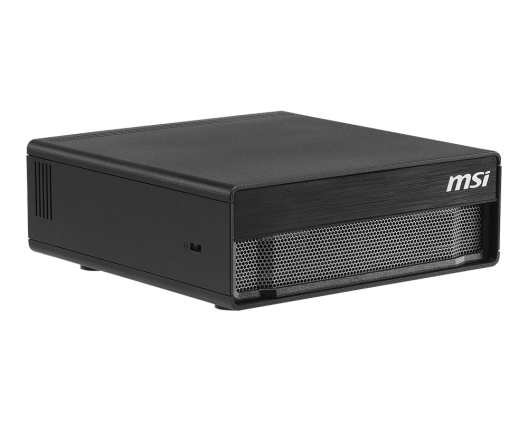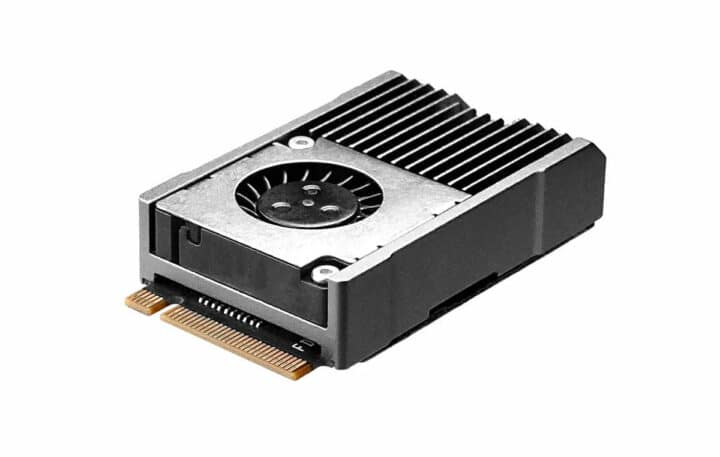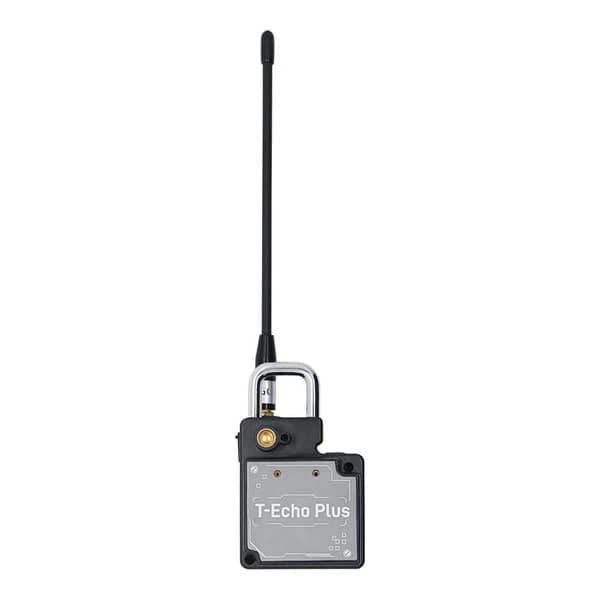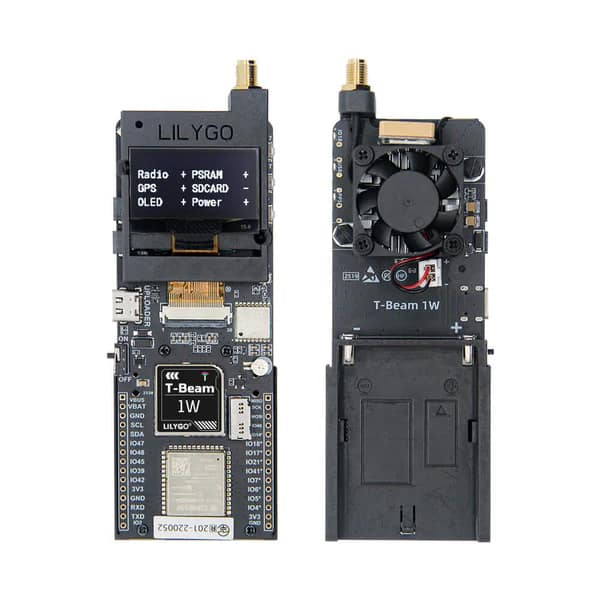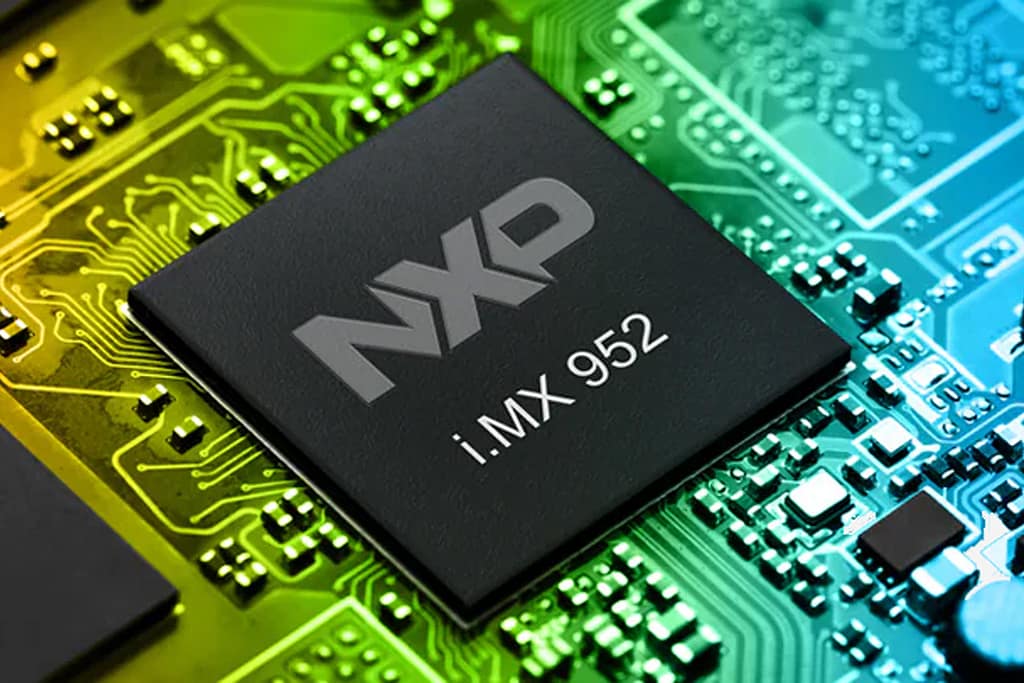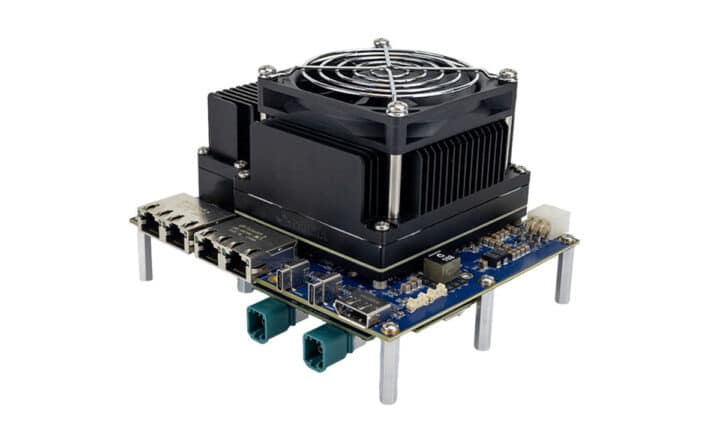ADLINK Technology has introduced the OSM-IMX95, an OSM Type-L form factor solderable System-on-Module (SoM) built around NXP’s i.MX 95 six-core Arm Cortex-A55 processor. The module also integrates the eIQ Neutron NPU, an on-chip neural network accelerator capable of up to 2 TOPS of AI performance—making it ideal for intelligent edge, industrial automation, and next-generation IoT devices.
Next-Generation Upgrade over the i.MX 93 Module
Derived from ADLINK’s earlier OSM-IMX93 platform based on NXP’s i.MX 93, the new OSM-IMX95 represents a significant step forward in both compute and AI capabilities. Compared to its predecessor, it delivers higher performance, expanded memory configurations (up to 16GB LPDDR4L), larger storage capacity (up to 256GB eMMC), and faster data connectivity with USB 3.0 and PCIe Gen3 support.
Tailored for smart home, smart building, smart city, medical, and Industry 4.0 applications, the module is engineered to meet the reliability and longevity demands of embedded and industrial environments.
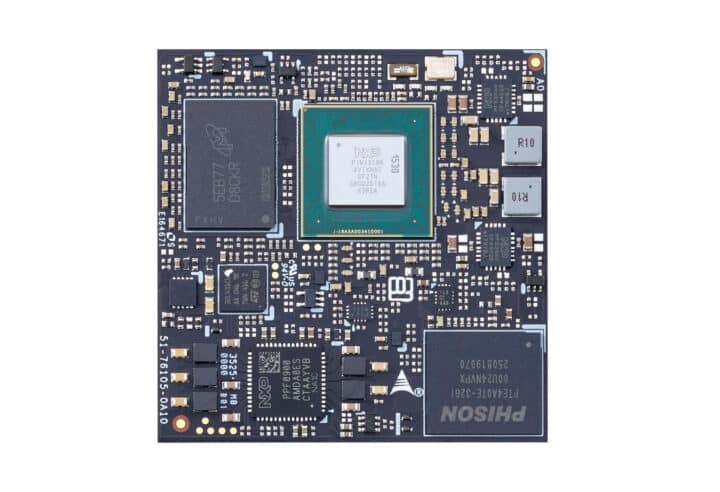
ADLINK OSM-IMX95 – Core Specifications
| Category | Specification |
|---|---|
| Processor (SoC) | NXP i.MX 95 |
| CPU | Up to 6× Arm Cortex-A55 @ up to 1.8 GHz |
| Real-time Cores | Arm Cortex-M7 @ 800 MHz; Arm Cortex-M33 @ 250 MHz |
| GPU | Arm Mali-G310 (OpenGL ES 3.2, Vulkan 1.2, OpenCL 3.0) + 2D engine |
| Video Codec | 4Kp30 H.265 / H.264 encode & decode |
| AI / NPU | eIQ Neutron NPU, up to 2 TOPS |
| System Memory | LPDDR4L: 2GB / 4GB (default) / 8GB / 16GB |
| Storage | eMMC up to 256GB (32/64GB default); optional SPI NOR via QSPI |
| OSM Pin Count | 662 (OSM Type-L footprint) |
| Storage Expansion | 2× 4-bit SDIO (SD/SDIO 3.0) |
| Display | 4-lane MIPI DSI, 8-lane LVDS; DSI→HDMI or DSI→eDP via carrier bridge |
| Camera | 2× MIPI CSI (1 channel shared with DSI) |
| Audio | 2× I²S (supports up to 192 kHz via external codec) |
| Networking | Dual Gigabit Ethernet with TSN support |
| USB | 1× USB 3.0 Host; 1× USB 2.0 Dual-Role (Host/Device) |
| PCIe | PCIe Gen3 x1 |
| Low-speed I/O | 4× UART, 3× SPI, 3× I²C, 2× CAN (module block diagram), up to 12–14 GPIOs (with interrupts) |
| Power | 5 V DC input |
| Dimensions | 45 × 45 mm (OSM Type-L, SGET OSM 1.2) |
| Operating Temp | Standard: 0 °C to +60 °C; Industrial: -40 °C to +85 °C |
| Humidity | 5–90% RH (non-condensing); storage/with conformal coating: 5–95% RH |
| Shock & Vibration | IEC 60068-2-64, IEC 60068-2-27, MIL-STD-202F (Methods 213B/214A) |
| HALT | Thermal stress, vibration, thermal shock, combined environmental tests |
| Software Support | Yocto Linux BSP (AAEON/ADLINK); Android (custom); Foundries.IO Linux MicroPlatform (optional) |
| Product Longevity | Up to 15 years supply guarantee |
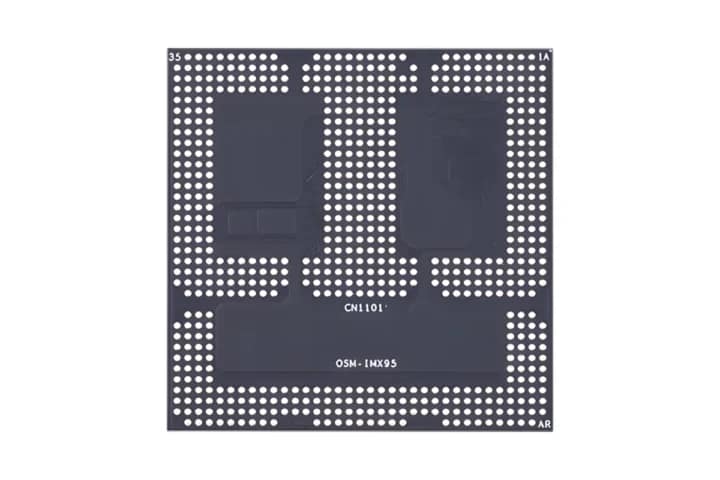
ADLINK’s OSM-IMX95 was first referenced in mid-2024, around the same period when Compulab introduced its MCM-IMX95 module, which does not adhere to the OSM standard. The OSM-IMX95 represents one of the early OSM Type-L designs built around NXP’s i.MX 95 processor. Subsequently, Advantech released its AOM-2521 OSM-L module, reflecting broader industry adoption of the OSM Type-L form factor for high-performance, solderable system-on-modules.
The OSM-IMX95 is currently listed as a preliminary design, but ADLINK has already started publicly showcasing the module, indicating that its official release is approaching. Once launched, ADLINK plans to provide a 15-year lifecycle support program to ensure long-term availability for industrial customers.
No official evaluation or carrier boards have been announced yet, but developers can expect reference designs and software tools to be available alongside its release.
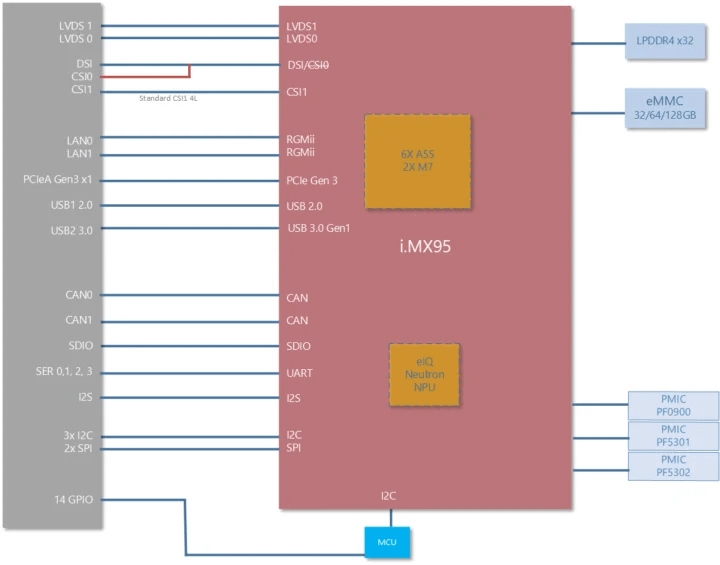
The Open Standard Module (OSM) specification, maintained by SGET, defines a solderable System-on-Module interface with multiple size options. The Type-L variant (45×45 mm) features 662 contacts—enabling high I/O density and durability suitable for harsh embedded and industrial environments.
In summary, the ADLINK OSM-IMX95 brings together NXP’s most powerful i.MX 95 processor, advanced AI acceleration, robust I/O, and long-term availability—making it a compelling platform for edge intelligence, automation, and next-generation industrial IoT applications.

